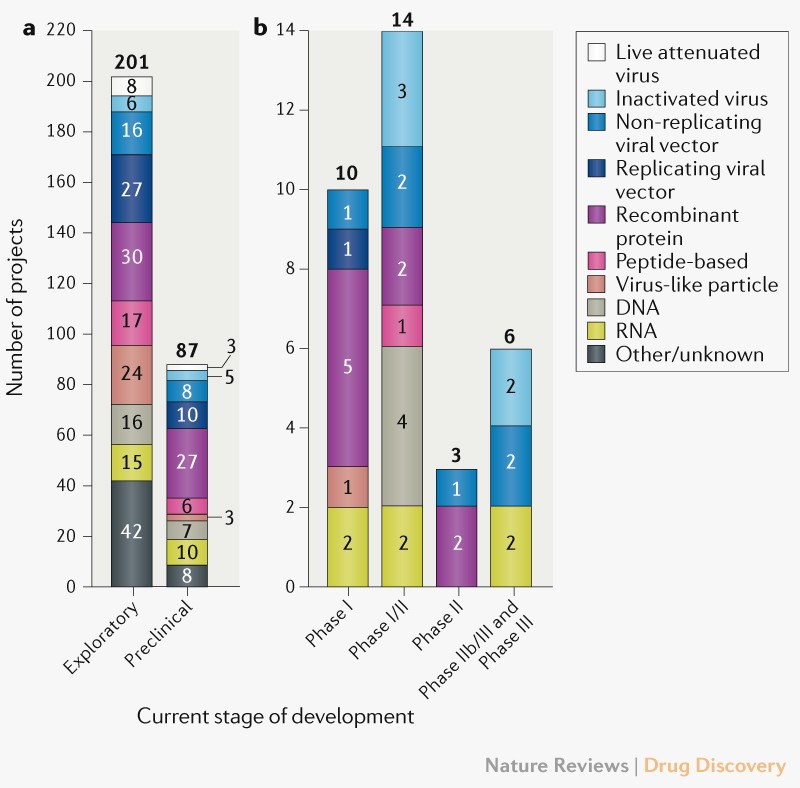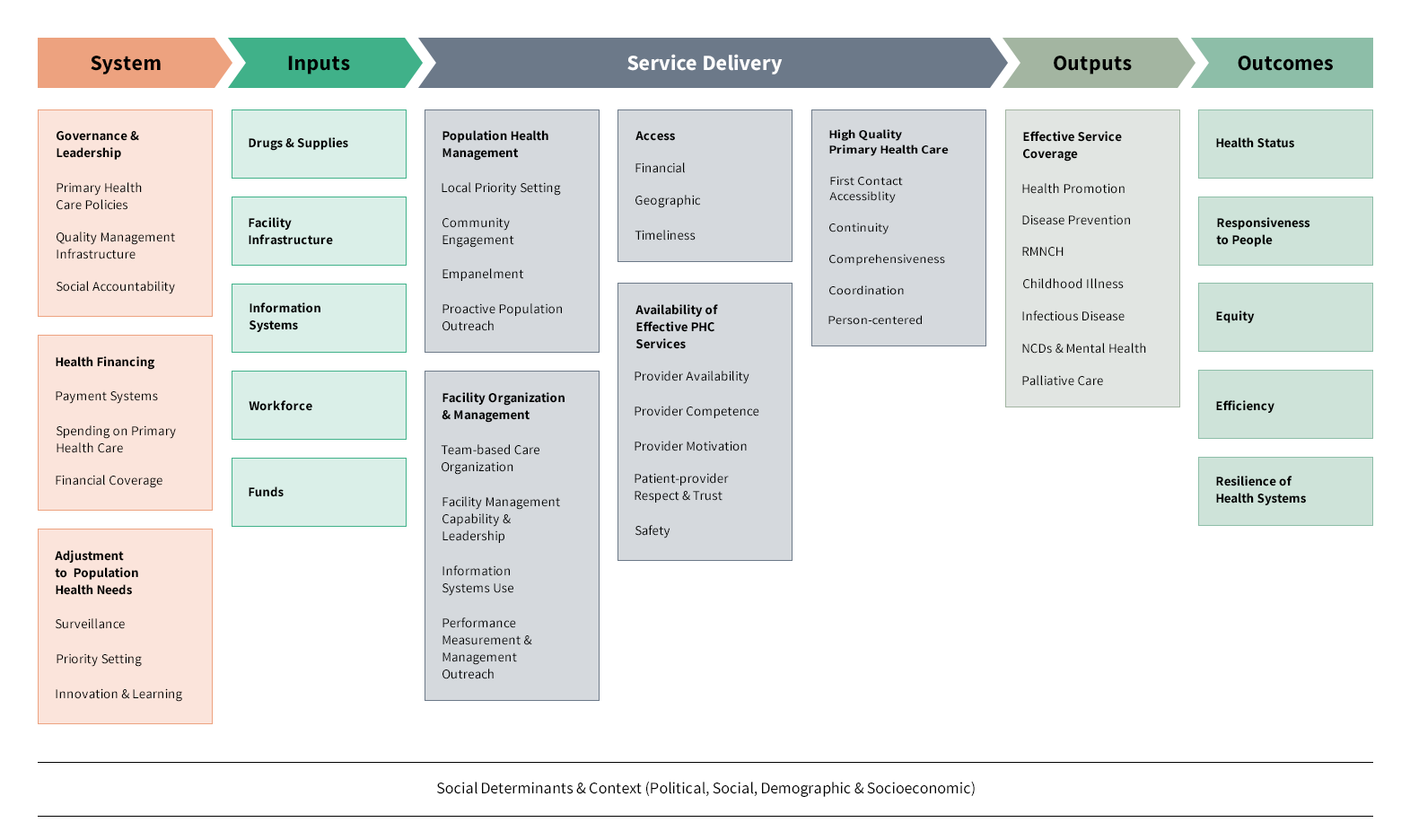MODERN PROMETHEUS. Editing the Human Genome with Crispr-Cas9
09 de novembre 2020
08 de novembre 2020
Drug approval and geographic differences
We know that the regulation of medical devices is quite different between US and Europe, and with COVID tests we have experienced such divide. In drugs, one could expect a closer approach to approval. However, this is not the case.
Regulatory agencies may have limited evidence on the clinical benefits and harms of new drugs when deciding whether new therapeutic agents are allowed to enter the market and under which conditions, including whether approval is granted under special regulatory pathways and obligations to address knowledge gaps through postmarketing studies are imposed.
In a matched comparison of marketing applications for cancer drugs of uncertain therapeutic value reviewed by both the US Food and Drug Administration (FDA) and the European Medicines Agency (EMA), we found frequent discordance between the two agencies on regulatory outcomes and the use of special regulatory pathways. Both agencies often granted regular approval, even when the other agency judged there to be substantial uncertainty about drug benefits and risks that needed to be resolved through additional studies in the postmarketing period.
Postmarketing studies imposed by regulators under special approval pathways to address remaining questions of efficacy and safety may not be suited to deliver timely, confirmatory evidence due to shortcomings in study design and delays, raising questions over the suitability of the FDA’s Accelerated Approval and the EMA’s Conditional Marketing Authorization as tools for allowing early market access for cancer drugs while maintaining rigorous regulatory standards.
Hockney
07 de novembre 2020
The long and bumpy road to CRISPR (2)
Editing Humanity. The CRISPR Revolution and the New Era of Genome Editing
In 2017 I wrote a post about the book by Jennifer Doudna, A Crack in Creation, now Kevin Davies, the editor of the CRISPR journal has published a new book on CRISPR. It is an effort to put all the information and details about CRISPR in one book. Therefore, if you want to now the whole story (or close to) this is the book to read. If you are interested in a general approach, then the Doudna book is better.
It is quite relevant the chapter that explains the role of Francis Mojica in CRISPR (chapter 3), and the chapter 18, on crossing the germline and what happened about the scandal of genome editing by JK.
“When science moves faster than moral understanding,” Harvard philosopher Michael Sandel wrote in 2004, “men and women struggle to articulate their own unease.” The genomic revolution has induced “a kind of moral vertigo.”49 That unease has been triggered numerous times before and after the genetic engineering revolution—the structure of the double helix, the solution of the genetic code, the recombinant DNA revolution, prenatal genetic diagnosis, embryonic stem cells, and the cloning of Dolly. “Test tube baby” was an epithet in many circles but five million IVF babies are an effective riposte to critics of assisted reproductive technology.
With CRISPR, history is repeating itself,
That's it, great book.
06 de novembre 2020
NGS: from research to clinical use
Expanding Use of Clinical Genome Sequencing and the Need for More Data on Implementation
During the past 5 years, next-generation sequencing (NGS) has transitioned from research to clinical use.At least 14 countries have created initiatives to sequence large populations (eg, All of Us, Genomics England), and it is projected that more than 60 million people worldwide will have their genome sequenced by 2025.
If this is so,
Understanding how NGS is being used and paid for is critical for determining its clinical and economic benefits and addressing current and future challenges to appropriate implementation.
Without consistent information on clinical utility and how NGS tests are implemented in clinical care, it is not possible to develop an understanding of benefits and harms associated with NGS. It is not always the case that evidence of clinical utility leads to improved outcomes, and evidence about implementation is required to complete the assessment of the effects on population health. Implementation science is intended to support the integration of findings from scientific evidence to uptake in routine clinical care in the ongoing cycle of a learning health care system.
This is clearly a call for action. However, in my country the call is for both developing NGS (nothing has started) and asessing implementation. Is there anybody in the room?
05 de novembre 2020
A nation that failed too many of its citizens
This is the case of US and health reform. In the last issue of New Yorker, Barack Obama explains why health reform was so difficult when he proposed Obamacare, in few words:
"one person’s waste and inefficiency was another person’s profit or convenience"
A lot of details inside the article. Useful hints to understand the intricated world of Washington politics.
"both the politics and the substance of health care were mind numbingly complicated. I was going to have to explain to the American people, including those with high-quality health insurance, why and how reform could work"
One thing felt certain: a pretty big chunk of the American people, including some of the very folks I was trying to help, didn’t trust a word I said. One night, I watched a news report on a charitable organization called Remote Area Medical, which provided medical services in temporary pop-up clinics around the country, operating out of trailers parked at fairgrounds and arenas. Almost all the patients in the report were white Southerners from places like Tennessee and Georgia—men and women who had jobs but no employer based insurance or had insurance with deductibles they couldn’t afford. Many had driven hundreds of miles to join crowds of people lined up before dawn to see one of the volunteer doctors, who might pull an infected tooth, diagnose debilitating abdominal pain, or examine a breast lump. The demand was so great that patients who arrived after sunup sometimes got turned away. I found the story both heartbreaking and maddening, an indictment of a wealthy nation that failed too many of its citizens.
Now that somebody wants to block its application, there is a need to emphasize the great job that was done.
President Obama in the Oval Office as a vote on the Affordable Care Act approached. Proposals for some sort of universal health care in the U.S. stretched back a century but had always been defeated.Photograph by Pete Souza
04 de novembre 2020
Uneven human germline genome editing regulation
The summary in one figure:
Some details:
Regarding human germline genome editing (not for reproduction), potentially relevant documents yielded no relevant information for 56 of 96 countries. Among these 56 countries are 22 of the 29 countries that have ratified the Oviedo Convention, which prohibits heritable human genome editing but leaves the status of germline genome editing to be determined by each country. Among the remaining 40 countries with relevant information, 23 (58%) prohibit this research—19 prohibit it outright and four prohibit it with potential exceptions. Eleven countries explicitly permit human germline genome editing; and six countries are indeterminate
03 de novembre 2020
On healthcare and its contribution to decline in mortality
The (Still) Limited Contribution of Medical Measures to Declines in Mortality
“Medical measures appear to have contributed little to the overall decline in mortality in the United States since about 1900.” Readers might assume that this statement is from a recent research article or policy report featuring the social determinants of health. But no, it is from the 1977 seminal Milbank Quarterly article by John and Sonja McKinlay titled “The Questionable Contribution of Medical Measures to the Decline of Mortality in the United States in the Twentieth Century.”
In the section of Milbank Quarterly Classics, David Kindig explains his favourite topic while reviewing the McKinlays 1977 article:
“if they [medical measures] were not primarily responsible for it [the decline in mortality], then how is it to be explained?” They did not answer this question themselves, but referred back to McKeown, who had concluded that “the main influences were: (a) rising standards of living, of which the most significant feature was a better diet; (b) improvements in hygiene; and (c) a favorable trend in the relationship between some micro‐organisms and the human host.”2 However, in their conclusion they magnified this point, stating that “profound policy implications follow from either a confirmation or a rejection of the thesis.
For many years, I taught a session of my population health course featuring the two contemporary papers that frame what we know today—the first by McGinnis and colleagues, based on CDC surveys, argues that medical care is responsible for about 10% of preventable mortality, and the second an econometric analysis by David Cutler argues that medical care was responsible for 50% improvement in certain causes of mortality over the period of 1960 to 2000. When students are shocked by this range, I remind them that, in a world that still predominantly assumes the pre‐McKinlay reality of medical care being close to fully responsible for preventing or curing disease and death, it is still a profound statement to many that much more than medical care goes into the production of health.
A must read. There are still many unanswered questions.
Hopper
02 de novembre 2020
Health reform, a lost chance (once again) (2)
Consenso por un sistema sanitario del siglo XXI
A new report and new proposals for health reform. The authors start saying that Informe Abril (released 29 years ago. Yes! I was there) was not finally considered as a source for any reform, as we all know. After that, there are 40 reports available, and nothing happened. After three decades, the probability of a health reform, in the wake of current pandemic and political weakness, is still lower in my opinion. Authors highlight the current difficulties of the health system and generic approaches to be considered.
However, health reform requires a consensus on values, and such consensus will not arise from experts, it is a social and political consensus. Expert consensus is a way to reflect concerns about a topic and ways to tackle it, but on policy terms its relevance and impact is minor.
Anyway, it's up to you your final assessment.
01 de novembre 2020
Covid and the Value of Statistical Life
COVID-19 and Uncertainties in the Value Per Statistical Life
For an individual, VSL can be derived by dividing WTP by the risk reduction. A population-average VSL of $10 million indicates that the typical individual is willing to pay $1,000 to decrease the chance of dying in a given year by 1 in 10,000. Individual WTP also can be summed across individuals expected to accrue the risk reduction. If 10,000 people will experience a 1 in 10,000 risk reduction and are each willing to pay $1,000 for the risk change, the total value is $10 million (10,000 times $1,000), and one less person would be expected to die that year as calculated by 10,000 times 1/10,000.
But
Individual WTP, then, is the fundamental measure—the $1,000 in this case. The conversion to a $10 million VSL is simply for convenience.
In a recent study with Ryan Sullivan and Jason F. Shogren, I compare the effects of three approaches often used to adjust for age: an invariant population-average VSL; a constant value per statistical life-year (VSLY); and a VSL that follows an inverse-U pattern, peaking in middle age. We find that when applied to the U.S. age distribution of COVID-19 deaths, these approaches result in average VSL estimates of $10.6 million, $4.5 million, and $8.5 million. The differences in these values is substantial enough to alter the conclusions of frequently cited analyses of social distancing.
Table II. VSL by Age Group (in 2019 millions of dollars)
| Age Group | Invariant VSL | Constant VSLY | Inverse‐U Relationship |
|---|---|---|---|
| Under 1 year | $10.63 | $13.88 | $5.38 |
| 1–4 years | $10.63 | $13.74 | $5.38 |
| 5–14 years | $10.63 | $13.37 | $5.38 |
| 15–24 years | $10.63 | $12.64 | $5.38 |
| 25–34 years | $10.63 | $11.76 | $8.50 |
| 35–44 years | $10.63 | $10.63 | $10.63 |
| 45–54 years | $10.63 | $9.19 | $10.72 |
| 55–64 years | $10.63 | $7.54 | $8.15 |
| 65–74 years | $10.63 | $5.68 | $8.15 |
| 75–84 years | $10.63 | $3.72 | $8.15 |
| 85 years and over | $10.63 | $2.03 | $8.15 |
Table III. COVID‐19 Age‐Weighted Value (in 2019 millions of dollars)
| Invariant VSL | Constant VSLY | Inverse‐U Relationship | |
|---|---|---|---|
| Total value, all COVID‐19 deaths | $937.6 billion | $394.8 billion | $773.4 billion |
| Average VSL, weighted by COVID‐19 deaths by age | $10.63 million | $4.47 million | $8.31 million |
| ————————————————‐Benefits————————————‐———— | ||||||
|---|---|---|---|---|---|---|
| Lives | Original | Invariant | Constant | Inverse‐U | ||
| Costs | Saved | Approach | VSL | VSLY | Relationship | |
| Thunström et al. (2020) | $7.2 trillion | 1.24 million | $12.4 trillion | $13.16 trillion | $5.54 trillion | $10.30 trillion |
| Greenstone and Nigam (2020) | N/A | 1.76 million | $7.94 trillion | $18.72 trillion | $7.88 trillion | $14.64 trillion |
| Acemoglu et al. (2020) | $2.15 trillion | 8.7 million | N/A | $92.44 trillion | $38.93 trillion | $72.31 trillion |
Does this make sense? It seems quite high. If we value identified life more than a statistical life, can you imagine the final figure?
Whether the social distancing policy considered by Thunström et al. (2020) yields net benefits varies depending on the valuation approach. The authors use an invariant VSL but apply a somewhat lower value than we use in our analysis ($10 million rather than $10.63 million). However, both our invariant VSL and inverse‐U approaches lead to positive net benefits. Under our invariant approach, the benefits increase by almost $800 billion due to differences between the VSL estimates. Benefits decrease when using the inverse‐U approach, but not by a large enough amount to drop below estimated costs. Under the constant VSLY approach, benefits decrease by a substantial amount and the policy no longer appears cost‐beneficial.
While Greenstone and Nigam (2020) do not include a cost estimate in their calculations, the effects of our three approaches on their featured benefit estimates are significant. The benefit estimates more than double when applying the invariant VSL approach rather than their age‐adjusted approach. Interestingly, their estimates are very similar ($7.94 vs. $7.88 trillion) to the results using our constant VSLY method, while applying our inverse‐U estimates almost doubles the value in comparison to their inverse‐U approach. This result reflects the relative steepness of their curve at older ages as well as our assumption that values level off at older ages under the inverse‐U approach. As noted earlier, the additional sensitivity analyses reported by the authors also show siginificant variation in the results.
Acemoglu et al. (2020) have by far the largest estimates of lives saved across the three social distancing studies, which naturally increases the benefit values. Under all three approaches, we find that benefits exceed costs by an order of magnitude. However, Acemoglu et al. (2020) find that approaches other than the scenario reflected in Table IV are more cost‐effective, particularly if they target higher risk, older age groups.
Anyway, let's search a little bit more on that. Let's take the press. I don't think that this helps to take policy decisions in the current pandemic. It's just recreational research.
PS. The price of freedom is 103€ per day in my country (cost of non being free by mistake). Explained here.
31 d’octubre 2020
Covid Costs, who knows?
The COVID-19 Pandemic and the $16 Trillion Virus
Summary of the estimates by Cutler and Summers:
And a video:
30 d’octubre 2020
Covid vaccine landscape
Evolution of the COVID-19 vaccine development landscape
Currently there are 321 vaccine candidates for COVID, however only 33 have entered clinical trials.
Although the leading COVID-19 vaccine candidates have progressed to advanced stages of clinical development at exceptional speed, many uncertainties remain given the lack of robust clinical data so far. Moreover, given the highly unusual circumstances associated with developing a vaccine during the evolution of a novel global pandemic, probability of success benchmarks for traditional vaccine development are likely to underrepresent the risks associated with delivering a licensed vaccine for COVID-19. The most advanced candidates are expected to begin reporting data from pivotal studies over the coming months, which if positive will be used to support accelerated licensure of the first COVID-19 vaccines.
29 d’octubre 2020
Population Health amidst pandemic
Norbert Goldfield et al provides a useful reflection on the current moment in US. And says:
The virus has exposed glaring weaknesses that cannot be unseen. The US health care system’s embrace of patient-centered care is being tested.
We need a new paradigm, one that moves from a patient-centered care system to a community-centered health and social care ecosystem. Unlike much of the current US medical care system, the community sector has lacked funding and development. Strong and consistent sources of support are needed to make this sector viable and keep it flourishing.
Politics will ultimately determine how our current patient-centered acute care–focused health care system will change. The wealthy undoubtedly will continue to have an outsize influence on any legislation promoting CCPH. Despite this fact, we will at least think about becoming better in improving our response before the next pandemic hits.
Both articles deserve being read.
28 d’octubre 2020
Primary care: measuring performance
Taking Stock of the Global Primary Health Care Measurement Landscape
During the pandemic everybody agree about the need for a strong primary care. What does this mean?
Check this framework:














